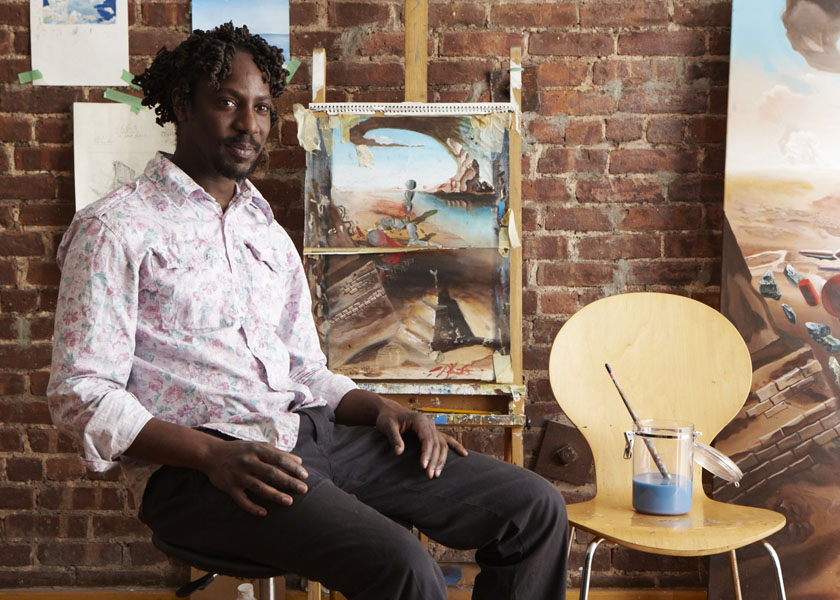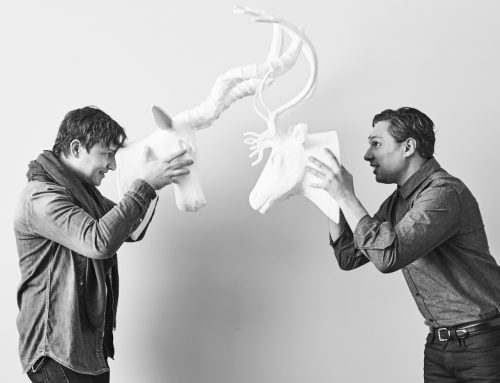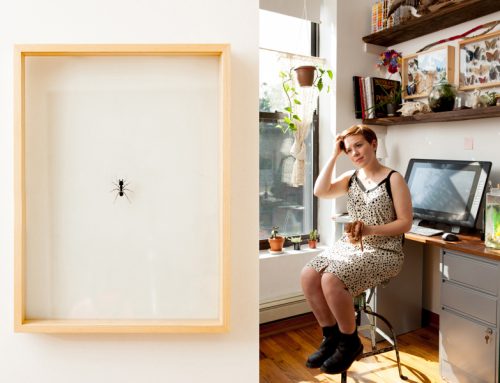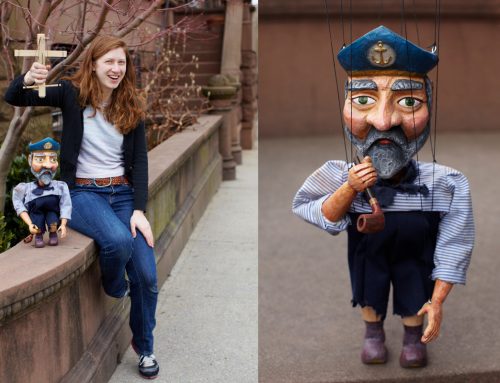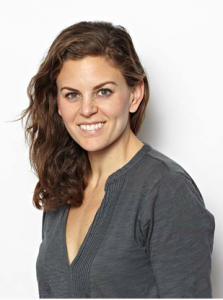A native New Yorker, Karioki is a scientific illustrator who makes visual scenarios to physics formulas. He describes his work as an enquiry on multisensory communication, which requires historical and scientific research.
Q&A with Karioki Crosby:
How did you get where you are today? What has been career path?
My first artistic expedition took place in the realm of the recording artist, song writer, and performer. To be sure, I had died in that life and was given this one. How did I know I had died? Well, one day I went to write and it dawned on me to ask myself, “Who are you talking to? I wondered who it was asking me one of those questions in a tone that suggest that the answer is obvious. Dead to that world, I naturally grew consumed by the visual arts as the feels in every way more befitting my self-fullnes
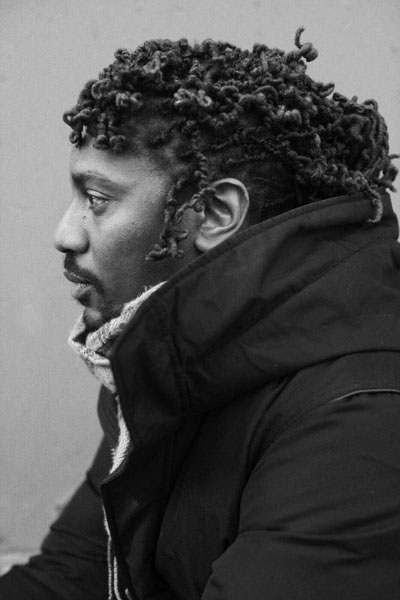
Your work consists of a number of different creative processes and materials. How do you decide what medium to use when starting a project?
Every art form is a cosmic reaction to a necessity or condition. So really, my childhood explorations in science and art had provided me with some relatively undeveloped tools which I now refine, ironically, in a fit of frustration with my communicative abilities. Each project asks to be expressed in a particular medium or on a particular scale. I listen to the needs of my work. But it can take years for me to understand what I know. Meanwhile, I fill my memory with both exclusive and juxtaposed entities from various subjects from which my imaginative vocabulary is extrapolated.
Science plays a role in a number of your paintings. Can you please explain?
My earlier paintings were based on philosophical notions I had deduced from a combination of my religious upbringing and philosophical text I was studying in my crawl. My fear was that I wouldn’t be understood unless I explained myself. I abandoned this notion not out of frustration, but out of boredom. My interest in physics stems from my childhood curiosity to know how things work. The range of perspectives physics yields serves as a refuge for discomfort with uncertainly and has restored in me new found spirituality. I challenge myself by creating visual scenarios to classical physics formulas. This is an evolution in scientific illustration. For example: w=fd, In a painting I illustrate how taking a short cut result in you using twice the force in order to have to travel only half the distance. This is also a form of problem solving using symbols instead of numbers.
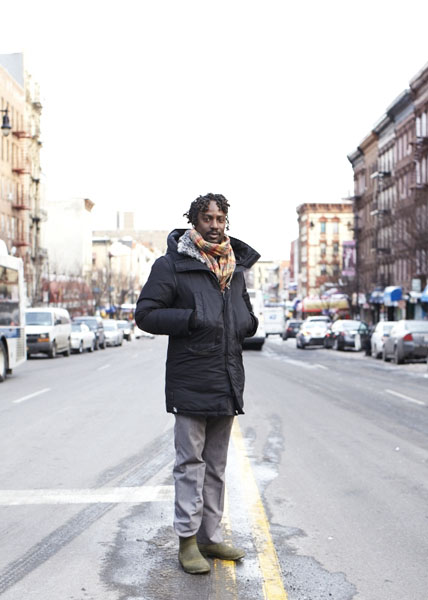
How did you figure out what you wanted to do? Did anything thing or anyone in particular have a strong influence on your life, therefore giving you direction?
When I was about 7, my older brother took apart a toy car and showed me how a motor operates. This was the start of my fascination with motion in particular. Growing up in the south Bronx, I lived with my mother and my sisters (I have 5). Later, motivation would come from the women of my life. My tenth grade English teacher Ms. Bruno would always tell me that my creativity level was immense and that I should go to art school. My friend Heidi who was also a musician, encouraged me pursue a career in the visual arts because she thought the world of visual arts would be a lot safer for me than would be the music business. The doors of the music industry would never open wide enough and although I was held to high esteem by my peers, my repulsion for the industry seemed to grow according to an inverse square law. I was experiencing a lesson. And that lesson was: the fact that you can do something, doesn’t necessarily mean that you should. That lesson was the subtlest of gifts in my life at the time. But a gift that you didn’t ask for is wasted in absence of the virtue. The concept of virtue was big for me then so I stopped producing music and devoted myself to a career in the visual arts. Now, I feel like I am doing what I should be doing even when I don’t want to do it. It is this kind of experience that I call success.
How did you learn to do what you do?
I learned to do what I do by constantly experimenting. Somewhere I read that, “you can’t destroy the master’s house using the master’s tools”. With this in mind, I’m honest about where my art is going. If my art is stuck in a space where all I seem to do is repeat past successes then I stop and re-direct myself.
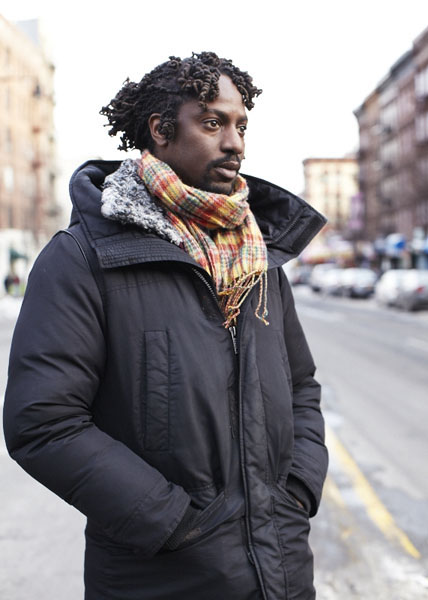
What is one of your favorite projects you’ve worked on and why?
One of my favorite projects is my EVENT CLOCK: the relative nature of time inspired me to create a clock where numbers are replaced with symbols in order to demonstrate that it is not numbers that mark time, but events. For ex: If I were to ask you to remember a given time in your past, you would have to attached this time to an event that occurred; when you went to first grade, got your tooth pulled, got dumped by a lover etc.. The event clock is designed so that you follow the commands of the a symbols ( the same way you obey signs while driving. Think of your car as the moving hand on the clock and the signs as numbers or symbols that inform you on what event should happen as you approach. I use this for artistic purposes. I have designed an event clock which contains symbols corresponding to key areas of study for me in the visual arts. To be sure, this type of clock actually makes one lose track of time as it is associated with numbers and thus lose one’s self in the event at hand. This increases the quality of your studies.
Another favorite is: How to show one event form two perspectives, on a 2 dimensional surface, without using an optical illusion. I love this project because it is a narrative outlet for me. My paintings become mini stories in themselves and take on whimsical or outright ridiculous compositions. This project is a challenge in relieving my work on the reliance of linear perspective. I get to consider and employ non-western notions of past present and future.
What are you currently working on?
I’m currently working on a series of children’s books. One is called THE EMANCIPATION OF DADA: The story of the journey of a particle of light. The other is called STAR STUFF: The glorification of super star foods.
What do you love about the work you do?
I love that my profession as a curator and as a museum educator allows me to learn and study. I like to be around children for a while because I get ideas from being in their settings. They are so funny.
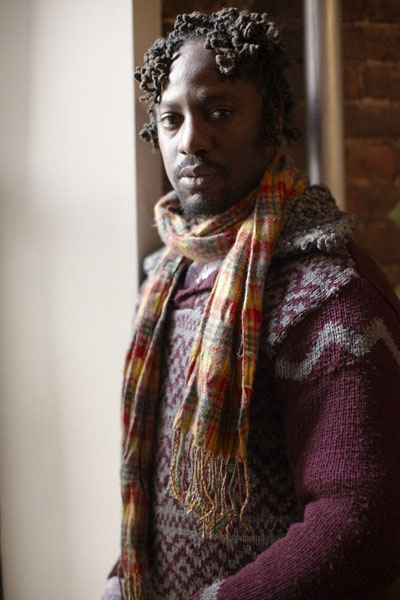
Anything unexpected about the work you do? Maybe something you didn’t know before you started on this path.
I am surprised by the deficit of curiosity I encounter. This is sobering because without production based on innovation and creativity, as a society we will head into a “second childhood”.
Where do you find inspiration?
My inspiration comes from living in New York City, taking long walks, talking with people with have diverse values and reading about the journey associated with various artistic and scientific achievements (like, alternating current). I also love to have conversations about the state of hip hop music and its effects on youth.
How do you define success?
Success for me is having the virtue to make the best of gifts you couldn’t possibly have worked to deserve.
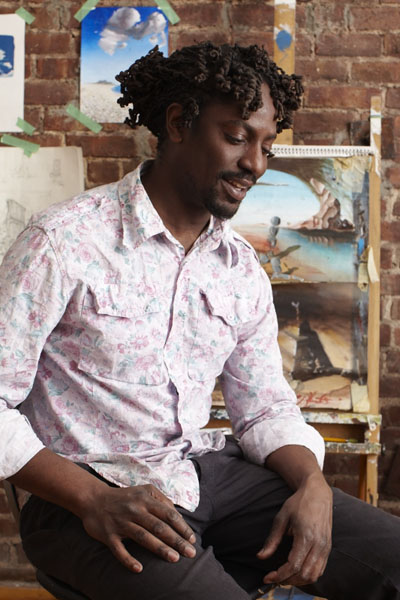
Any advice for someone interested in following your chosen path as an artist?
Being an artist is about feeling your existence and carving yourself out of the wall and allegory of Plato’s cave.
What is the best advice you’ve ever received?
Make magic!
Karioki’s website will be up in May 2015. Please check back for updates and to view his work.

